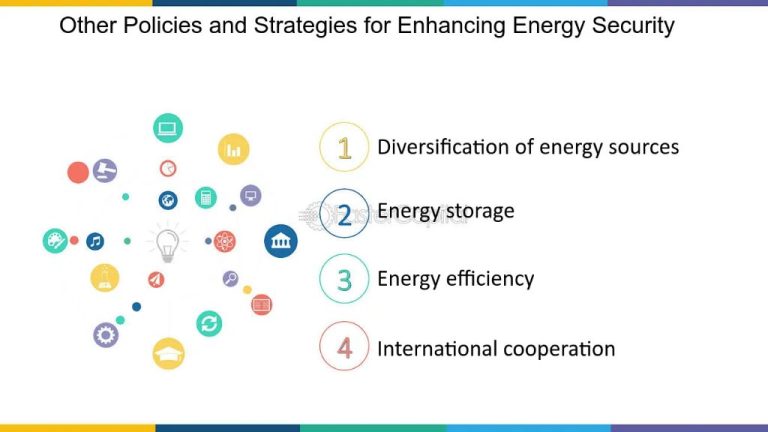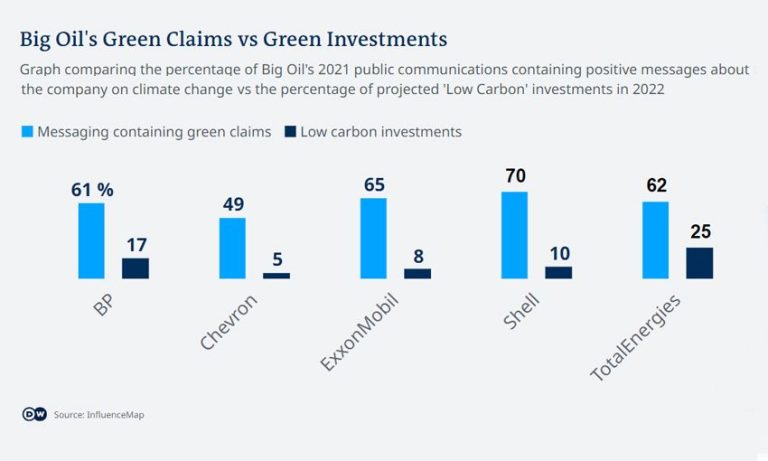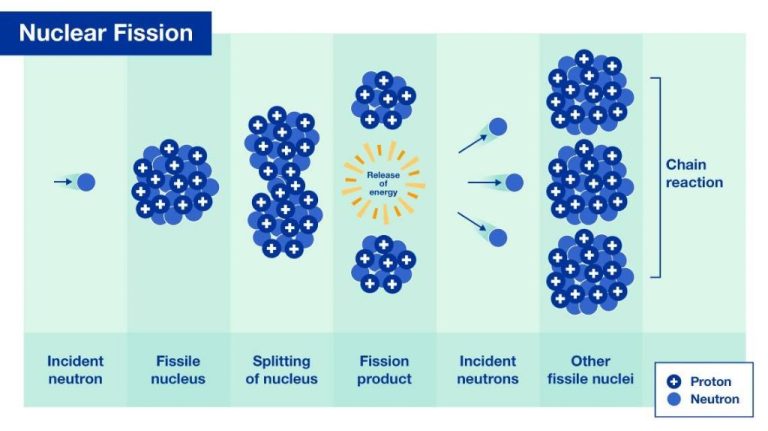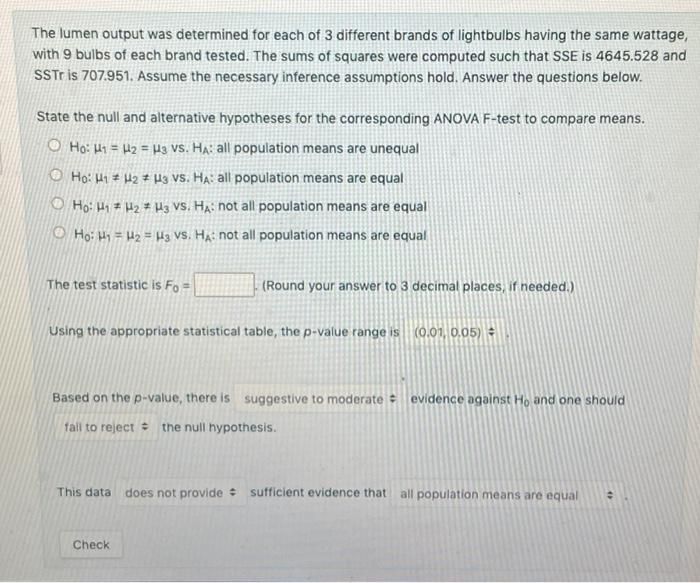What Is The Definition Of Renewable Resources Short Answer?
Renewable resources are natural resources that replenish naturally over time. They are a sustainable source of energy and materials because they are not depleted when used responsibly. Some key examples of renewable resources include sunlight, wind, water, geothermal heat, and plants. Renewable resources play an extremely important role in moving society towards sustainability. Understanding what they are and why they matter is essential.
Unlike finite resources such as oil, gas and coal which take millions of years to form and quickly run out, renewable resources can be replenished in a human timeframe through natural processes. The renewable nature of these resources makes them an invaluable part of our energy, electricity, heating, and construction systems. With careful management, renewable resources can provide an endless supply of energy and materials to support human civilization.
Shifting our reliance towards renewable resources and away from finite resources is crucial for ensuring the longevity and resilience of human societies. Renewable resources allow us to fulfill our current energy and material needs while preserving supplies for future generations. The transition towards renewable resources is a key part of building a sustainable world.
Finite vs Renewable
The key difference between finite and renewable resources is in their ability to replenish themselves. Finite resources exist in fixed amounts and will eventually be depleted with continued use. Renewable resources, on the other hand, are naturally replenished and can be sustained indefinitely with proper management.
Finite resources, also known as non-renewable resources, include fossil fuels like oil, natural gas and coal that take millions of years to form naturally. Other finite resources are metals like gold, silver and copper that exist in limited quantities and take a long time to form. Once these resources are extracted and used up, they cannot be replaced in a short period of time.
In contrast, renewable resources such as sunlight, wind, water, trees and animals can be replenished naturally. The defining feature of renewable resources is that they can be replaced as fast as, or faster than, they are being used up. However, renewable resources also need to be carefully managed to avoid over-exploitation. With sustainable use, renewable resources can fulfill humanity’s needs indefinitely.
The finite nature of non-renewable resources makes them unsustainable in the long run. There is a growing need to transition from finite fossil fuels to renewable energy sources like solar, wind and hydropower to ensure our future energy security. Wise use of finite resources along with expanding renewables is key to long-term resource availability.
Types of Renewable Resources
There are several major types of renewable resources that are utilized for energy production:
- Solar – Solar energy comes from the sun and is captured through solar panels to generate electricity or heat water. Solar photovoltaic panels convert sunlight into direct current electricity.
- Wind – Wind turbines use kinetic energy from the wind to spin large blades connected to a generator that produces electricity. Wind farms with many turbines are built onshore and offshore.
- Hydroelectric – Hydropower uses the energy of flowing or falling water to turn turbines and generate electricity. Reservoirs, dams, and run-of-river systems are used.
- Biomass – Biomass utilizes organic plant and animal waste to produce energy. Common sources are wood, crops, sewage, landfill gas, and alcohol fuels.
- Geothermal – Geothermal energy taps into the natural heat under the earth’s surface to generate electricity or provide heating and cooling. Geothermal heat pumps and power plants are the main technologies.
Advantages of Renewable Energy Resources
There are several key advantages that make renewable energy resources appealing compared to finite fossil fuels.
First and foremost, renewable energy resources like solar, wind, geothermal and hydropower are clean sources of energy production. Unlike burning fossil fuels, turning to renewables does not generate air pollution or greenhouse gases. This helps promote better public health and mitigate climate change.
Renewable resources are also sustainable over the long-term, unlike finite resources like coal, oil and natural gas that will eventually run out. Renewables like sunlight, wind, and flowing water will continually replenish themselves allowing for indefinite use. This provides energy security for the future.
Expanding renewable energy would allow countries to become more energy independent by reducing dependence on imported fossil fuels. Local renewable electricity production decreases vulnerability to fuel shortages and price instability caused by geopolitical conflicts in other parts of the world.
Challenges
While renewable energy sources offer many benefits, they also come with some unique challenges. Three major challenges faced by renewable energy are:
High Upfront Costs
Constructing renewable energy systems like wind farms or solar arrays requires significant upfront investment. Although renewable energy has very low fuel costs (wind and sunlight are free!), the infrastructure is expensive. Fossil fuel power plants are comparatively cheap to construct.
Intermittent Supply
Renewables like solar and wind depend on weather conditions for power generation. The sun doesn’t always shine and the wind doesn’t always blow when electricity is needed. This intermittency requires grid operators to balance electricity supply and demand.
Storage Issues
The variability of renewable energy makes storage an important issue. Storing excess electricity when the sun is shining or wind is blowing allows it to be dispatched when needed. But storage technologies like batteries or pumped hydro have limitations in capacity and geographic availability.
Examples
There are many noteworthy renewable energy projects and initiatives around the world. Here are some examples:
The Three Gorges Dam in China is the world’s largest hydroelectric power station. Its 32 generators have a combined capacity of 22,500 megawatts, providing renewable electricity for millions of people.
The Gansu Wind Farm in China is the largest wind farm in the world, with a capacity of over 6,000 megawatts produced by thousands of individual wind turbines spread across a wide area.
The Ivanpah Solar Electric Generating System in California is one of the world’s largest concentrated solar power plants. Its thousands of mirrors focus sunlight on centralized towers to produce electricity for 140,000 homes.
Masdar City in Abu Dhabi is designed to be a carbon-neutral, zero waste sustainable city powered entirely by renewable energy including solar panels and geothermal power.
Scotland produced enough wind power in 2020 to supply 97% of homes, showing the huge potential for small countries to embrace renewables and aim for 100% renewable electricity.
Growth
Renewable energy has seen remarkable growth over the past decade. According to the International Energy Agency (IEA), the share of renewables in global power capacity grew from 20% in 2000 to over 35% in 2021. The IEA projects renewables will account for 95% of the increase in global power capacity through 2026, with solar PV alone providing more than half of renewable capacity growth.
Several factors are driving the rapid growth of renewables. Plunging costs for solar and wind power have made renewables cost-competitive with fossil fuels in many markets. Government policies like renewable portfolio standards, feed-in tariffs, and tax credits have also boosted deployment. In addition, many corporations have set ambitious sustainability targets, leading to major investments in renewable energy.
The IEA forecasts that renewables will supply 30% of global electricity by 2026, up from 26% today. The fastest growth is expected in solar PV and wind power. By 2026, solar PV and wind are projected to supply 16% and 15% of global electricity respectively. Renewable growth will be concentrated in Asia, particularly China and India. The U.S. and Europe are also expected to install substantial new renewable capacity.
While renewables have made impressive strides, meeting global climate goals will require even faster deployment. Most energy system models indicate renewables must supply 50-80% of electricity by 2050 to limit global warming to acceptable levels. Achieving these high renewable shares will require overcoming grid integration challenges, expanding energy storage, modernizing grid infrastructure, and implementing supportive policies. With declining costs and supportive policies, renewables appear poised for even more extraordinary growth in the decades ahead.
Policies
Governments around the world have implemented various policies and incentives to promote the development and adoption of renewable energy sources. Some of the key policy initiatives include:
Feed-in tariffs – Governments require utility companies to pay a premium rate to buy electricity from renewable sources like solar and wind. This makes renewable projects more financially viable.
Tax credits – Tax credits and deductions are provided for the installation and operation of renewable energy systems. This reduces the effective cost for consumers and businesses.
Renewable portfolio standards – Laws that mandate utilities to supply a minimum percentage of their electricity from renewable sources. This creates guaranteed demand and market for renewables.
Net metering – Surplus renewable electricity fed back into the grid is credited against future energy use. This enables self-consumption and grid integration.
Capital subsidies – Direct government grants and rebates to support investment into renewable energy infrastructure and R&D.
Preferential loans – State banks and financing programs offer low-interest loans for renewable energy projects, improving access to capital.
Streamlined permitting – Simplified administrative and environmental clearance processes for renewable projects to reduce transaction costs.
By implementing such supportive policies and incentives, governments aim to accelerate the transition away from fossil fuels and build a sustainable energy future powered by renewables.
Comparisons
When comparing renewable energy sources to nonrenewable sources, there are some key differences:
Supply – Renewable energy sources like solar, wind, and hydropower are practically inexhaustible and will not run out. Fossil fuels like oil, coal, and natural gas are finite resources that will eventually be depleted.
Environmental Impact – Renewables produce little to no greenhouse gas emissions that contribute to climate change. Fossil fuels produce significant emissions when burned for energy.
Cost – The initial capital costs of building renewable energy infrastructure can be higher than fossil fuels. But renewables have no fuel costs and lower operating/maintenance costs in the long run.
Reliability – Renewables rely on weather conditions and so can have variability in energy output. Fossil fuels provide consistent, reliable baseload power in all conditions.
Scalability – Many renewable energy technologies allow for distributed small-scale applications like rooftop solar. Fossil fuel plants require large centralized infrastructure.
Storage – Renewables require energy storage like batteries to provide power when the sun isn’t shining or wind isn’t blowing. Fossil fuels do not require storage.
Overall, renewables provide sustainable long-term energy but face challenges with intermittency. Fossil fuels reliably meet demand but have limited supplies and environmental concerns.
Conclusion
In summary, renewable resources are naturally replenished materials that come from ongoing natural processes like sunlight, wind, tides, and geothermal heat. They play a crucial role in the transition away from finite, polluting fossil fuels toward sustainable energy sources that reduce greenhouse gas emissions and mitigate climate change.
The development and scaling of renewable resources presents economic and technical challenges, but also tremendous opportunities. With supportive policies and continued innovation, renewables have the potential to transform how we power our homes, businesses, and transportation while creating green jobs and benefitting public health.
The renewable transition is well underway in many parts of the world. But to curb the worst impacts of climate change and build truly sustainable societies, renewables must be rapidly adopted on a global scale across the energy sector. This will require bold vision, political commitment, public-private partnerships, and a reimagining of how we produce and consume energy.
With wise stewardship of the planet and its bountiful renewable resources, we can build thriving, equitable economies that meet today’s needs while preserving a livable world for generations to come.





